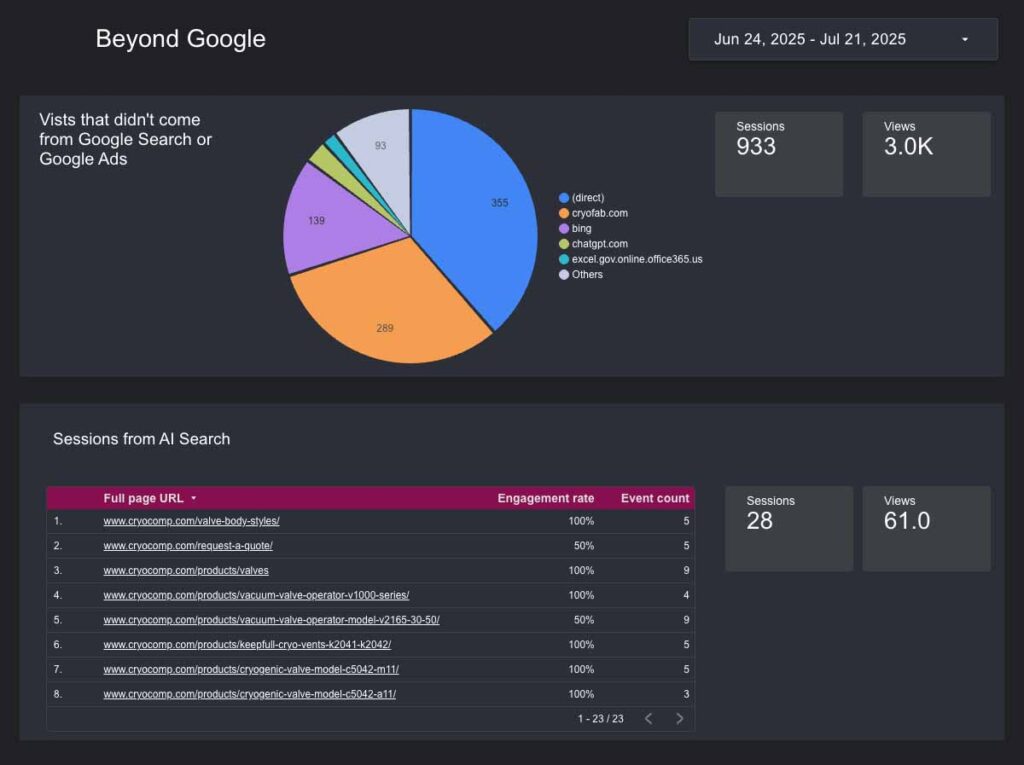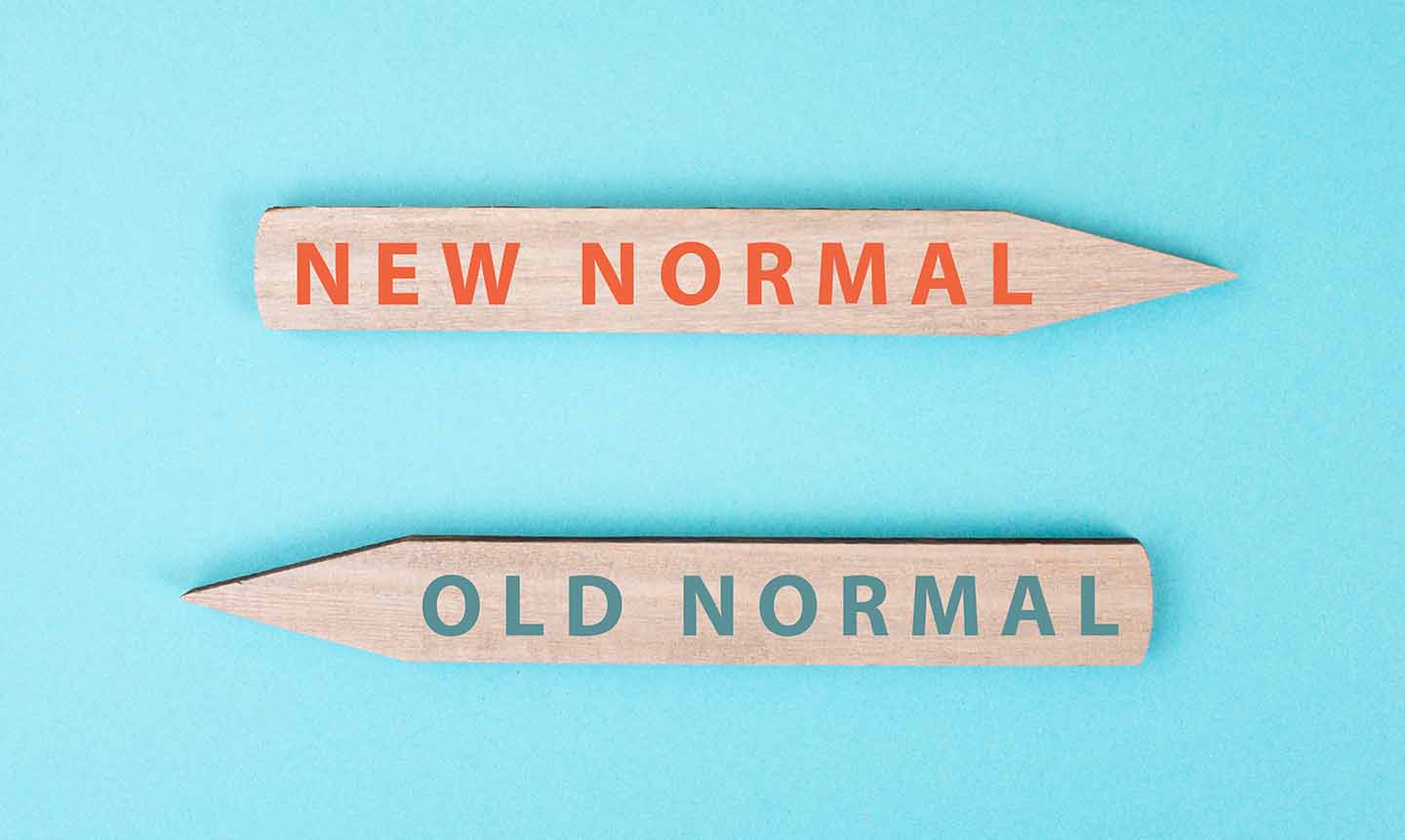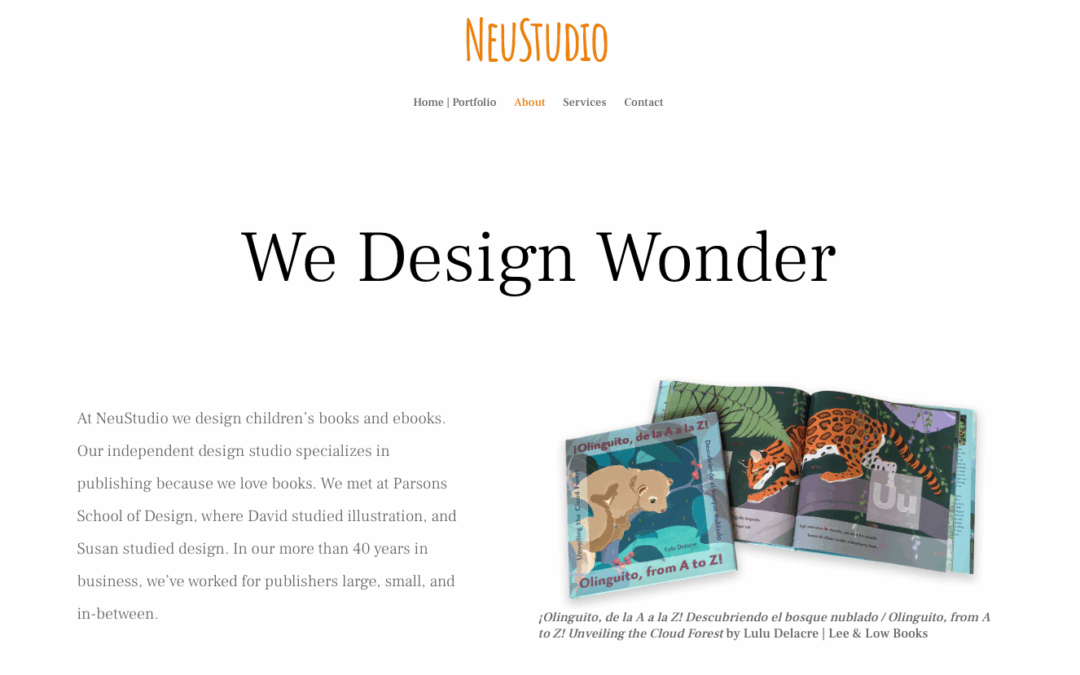…and Some Things That Do.
Search is Messy Right Now, Here’s How to Work with It
Mike King from i pull rank believes that we are in the “messy middle” between keyword-focused search and actual “bespoke UI search.” Things are certainly in flux in the online marketing world.
WHY has search changed?
The Knowledge Graph makes search more nuanced.
The knowledge graph uses connections between concepts and related terms to show users more accurate results. https://www.semrush.com/blog/knowledge-graph/
For example: one of my customers sells a product called a “bayonet” that is used to connect pipes. A search engine that references the knowledge graph would assess the other terms on the product’s page, like “pipe” and “connection.” With this more relational understanding, the search engine will not show a link to this page to someone searching for antique weapons.
AI Overviews change how people access the information they are looking for.
Users no longer need to click through to a a site to get the answer to a question.
You’ve most likely seen this. You can ask Google what is the best way to fry an egg and it will provide chunks of text about frying eggs and links to its sources. But you don’t need to click those links unless you need more details.
Google is under pressure
They have competition from other platforms where people search, like TikTok and Instagram.
https://www.forbes.com/sites/johnkoetsier/2024/03/11/genz-dumping-google-for-tiktok-instagram-as-social-search-wins/
There is a perception that Google search has become “enshittified”
https://doctorow.medium.com/the-specific-process-by-which-google-enshittified-its-search-1ffd3b02d205
Google is facing legal challenges in the US & EU
https://www.justice.gov/opa/pr/department-justice-prevails-landmark-antitrust-case-against-google
https://en.wikipedia.org/wiki/Antitrust_cases_against_Google_by_the_European_Union
WHAT is happening?
The “blue links” are being squeezed out of the first page
As ad revenue decreases, some believe that Google is showing more ads. It is indisputable that ads are now in multiple locations: at the top of search results, in the middle and at the bottom. https://support.google.com/google-ads/answer/1704373?hl=en
More search results show special features like AI Overviews, Google Shopping, People Also Ask, or Videos. Here is Google’s visual directory of these elements. These crowd out the classic “10 blue links” type of organic results— the type of listing with title, image, and description that we used to see all the time in our search results.
Indexing is harder as more AI Generated content comes online. Not everyone believes this. One Google Engineer said publicly that his goal was to see fewer pages crawled. I have seen an uptick in “Crawled – currently not indexed” and “Discovered – currently not indexed” crawl errors on sites that I manage. YMMV.
https://www.reddit.com/r/SEO/comments/1bula8c/google_will_crawl_less_pages_in_coming_months/
HOW Do we respond.
Here are some helpful strategies for promoting your site online as search evolves.
- Spread out. Make video content, post to social media, track your performance in environments other than Google Search.
- Think like a machine. Make sure your metadata and structured data are in place
- Keep like with like. Consistency will help search engines know what your site is about, and help build your expertise.
- Say it again but don’t repeat yourself. Use several related terms instead of single keyword in webpage or post.
- Divide and conquer. Divide your content into logical “chunks,” about the length of an AI Overview. Use subheads that have an <h> tag.
- Crawl first. Keep an eye on crawl errors in Google Search Console, and on Bing Webmaster Tools as well.
- Keep Your Eyes Open. This is changing rapidly, measure results as best you can until more tools are in place for tracking AI results.
Here is a “beyond google” Looker Studio template I’ve been using. I’d be happy to help you connect it to your data or make a custom one for you or a client.



